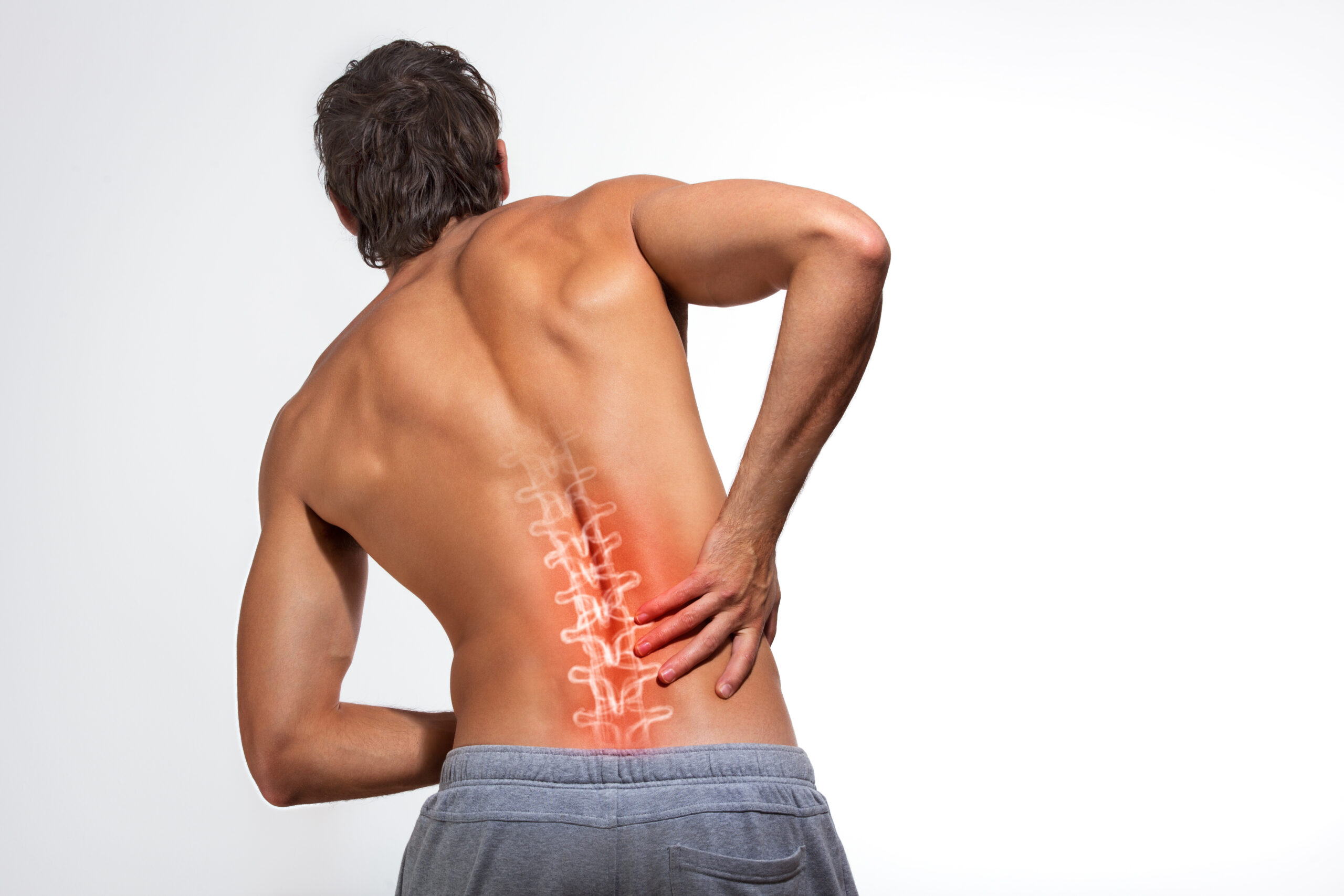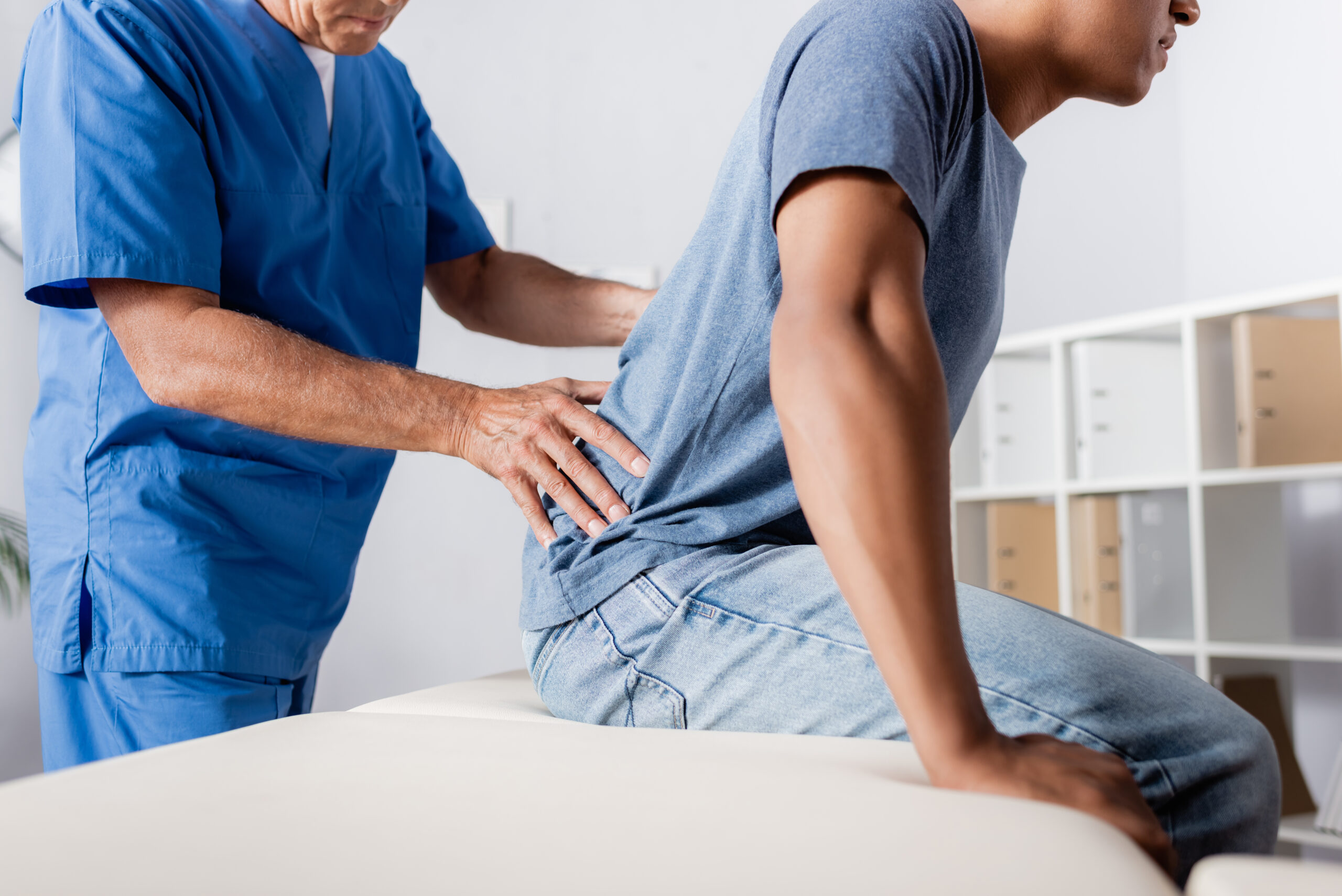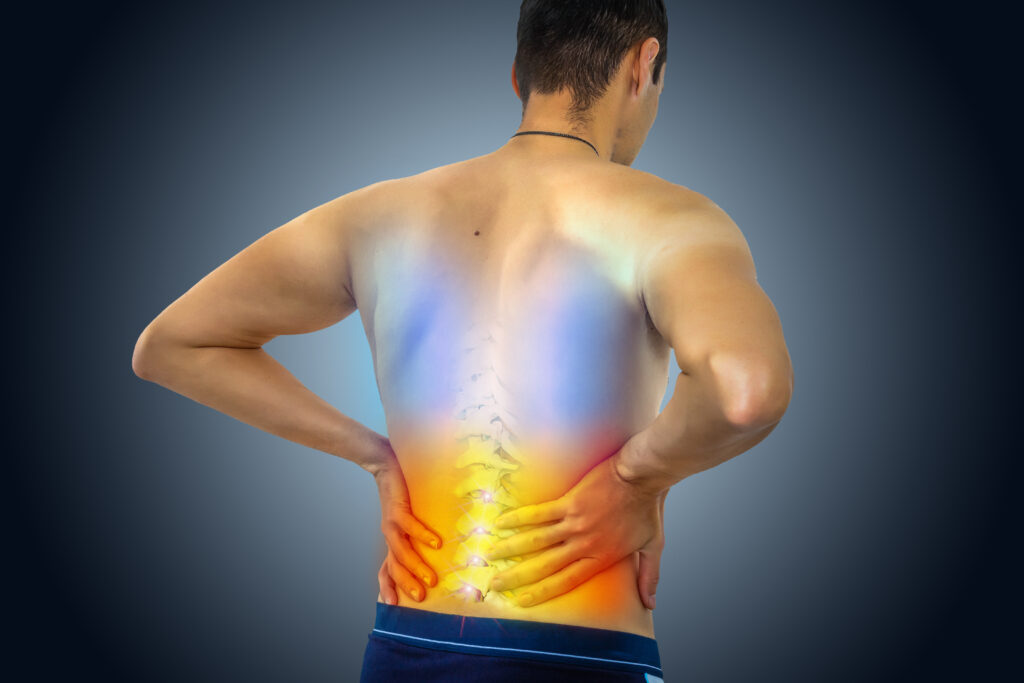Discover Effective Strategies and Exercises to Alleviate Low Back Pain and Regain Your Active Lifestyle

Low back pain is a common condition that affects people of all ages and can significantly impact their daily lives. Fortunately, physical therapy offers effective and non-invasive approaches to relieve pain, improve mobility, and enhance the overall quality of life for individuals suffering from low back pain.
Most Common Causes of Low Back Pain and How Physical Therapy Can Help:
Muscle Strain
Overuse, improper lifting techniques, or sudden movements can strain the lower back muscles. Physical therapy can help by providing exercises to strengthen and stretch the muscles, improving flexibility and reducing pain.
Herniated Disc
A herniated disc occurs when the soft inner core of a spinal disc protrudes through the outer layer and presses on nearby nerves. Physical therapy techniques such as traction, manual therapy, and specific exercises can alleviate pain, reduce pressure on the affected disc, and improve mobility.
Degenerative Disc Disease
This condition involves the gradual deterioration of the spinal discs due to aging or wear and tear. Physical therapy can help manage pain and improve function through exercises that strengthen the surrounding muscles, improve posture, and increase flexibility.
Spinal Stenosis
Spinal stenosis is the narrowing of the spinal canal, which can put pressure on the spinal cord and nerves. Physical therapy can provide exercises to improve core stability, flexibility, and posture, alleviating pain and improving overall function.
Sacroiliac Joint Dysfunction
The sacroiliac joints connect the base of the spine (sacrum) to the pelvis. Dysfunction or misalignment of these joints can cause low back pain. Physical therapy can address this issue through manual techniques, stabilization exercises, and postural education.
Postural Imbalances
Poor posture, slouching, or sitting for extended periods can contribute to low back pain. Physical therapy can help correct postural imbalances through exercises that strengthen the core and back muscles and education on proper ergonomics.
Muscle Weakness
Imbalances in the strength and flexibility of muscles around the hips, pelvis, and lower back can contribute to low back pain. Physical therapy can identify and address these imbalances through targeted exercises to restore muscle balance and improve function.

From Backache to Back on Track: How Physical Therapy Unlocks the Power to Overcome Back Pain and Restore Your Mobility
By employing a combination of manual therapy, therapeutic exercises, and comprehensive rehabilitation strategies, physical therapists can reduce pain, improve function, and enhance the overall well-being of individuals suffering from low back pain.
Some of the most common physical therapy techniques used to treat low back pain include:
Manual Therapy
Joint and soft tissue mobilizations are hands-on techniques that include targeted massages, stretching, and joint manipulation of the spine and surrounding joints to reduce pain by improving mobility, alleviating muscle tension, releasing trigger points, improving flexibility, reducing pain, and restoring normal joint function.
Therapeutic Exercise
Core strengthening and flexibility exercises alleviate strain on the lower back. These treatments target the deep stabilizing muscles of the abdomen, back, and pelvis, enhancing stability and reducing stress on the low back. Stretching techniques also help to improve flexibility in tight muscles, such as the hamstrings and hip flexors. Low-impact cardiovascular exercises like walking, swimming, or cycling can improve overall fitness and circulation, promote natural healing, improve muscle strength, and reduce pain.
Heat & Cold Therapy
When properly used together, heat and cold therapy can help relieve muscle tension and inflammation, reducing soreness and improving mobility. Heat therapy, such as hot packs or warm showers, relax muscles, improve circulation, and relieve pain. On the other hand, cold therapy, such as ice packs or cold compresses, reduces inflammation, numbs the area, and alleviates acute pain.
Electrical Stimulation Therapy
Electrical stimulation is a physical therapy technique that uses mild electrical pulses to stimulate muscles—applying low-level electrical currents through electrodes placed on the skin to disrupt pain signals, stimulate muscle contractions, improve muscle strength, and reduce muscle spasms.
Posture & Body Mechanics Education
Educating individuals on proper posture, body mechanics during daily activities, and ergonomic principles to reduce strain on the low back and promote optimal alignment. Teaching relaxation techniques, stress management, and coping strategies to help people understand their symptoms and better manage their low back pain within their daily routine.

Remember, relief from low back pain is possible!
Physical therapy offers a variety of all-natural techniques for managing and alleviating low back pain. With the proper techniques and guidance, our physical therapy team will have you back on your feet in no time!
